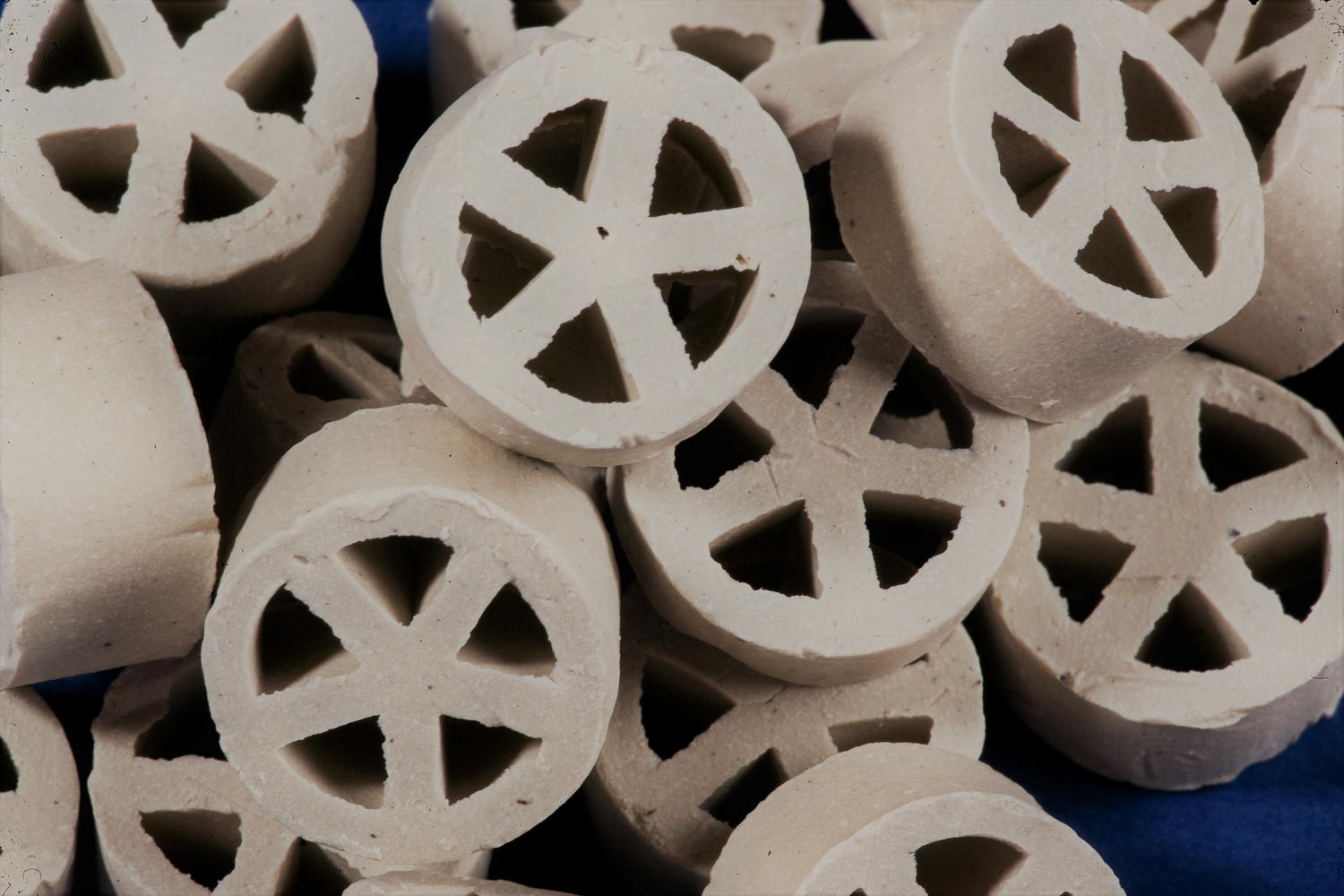
Speciality Bed Topping
Axens Offer
Particulates can have various origins such as:
- Iron scales
- Iron sulfides
- Coke fines (from coker products)
- Catalyst fines (from FCC products)
- Sediments
- Salts
Proper feed filtration system should be able to remove most of these particulates contained in the feed. However, scales from the unit equipment or particulates formed within the unit itself (iron sulphide, coke and in some cases clays) have to be handled by a dedicated grading.
This grading must be designed to ensure the maximum retention while minimizing the pressure drop. Therefore, a proper arrangement of high void fraction materials with decreasing size, various porosities and surfaces, increased activities must be put in place.
Other Related Axens Solutions
You Might Be Interested In
Gums & Polymer formation control
Pressure drop induced by gum formation is frequently encountered in unit processing some cracked feedstock derived from various conversion processes. The olefins and mainly the diolefins contained in these streams tend to polymerize and get oxidized forming a crust which deposit in the upper layers of the reactor.
Reactor Internals
In today’s complex environment, refineries and petrochemical plants around the world need advanced solutions to reach operational excellence. In units featuring fixed-bed reactors, the use of high-efficiency reactor internals are essential to help achieve this goal.
Catalyst Protection Systems
Impurities, fines, gums, scales and inorganic matter can be carried over with the feed. While catalyst performance is steadily increasing due to constant innovation, they are often more sensitive to poisoning.
TO CONTACT US
Please fill in the contact form below